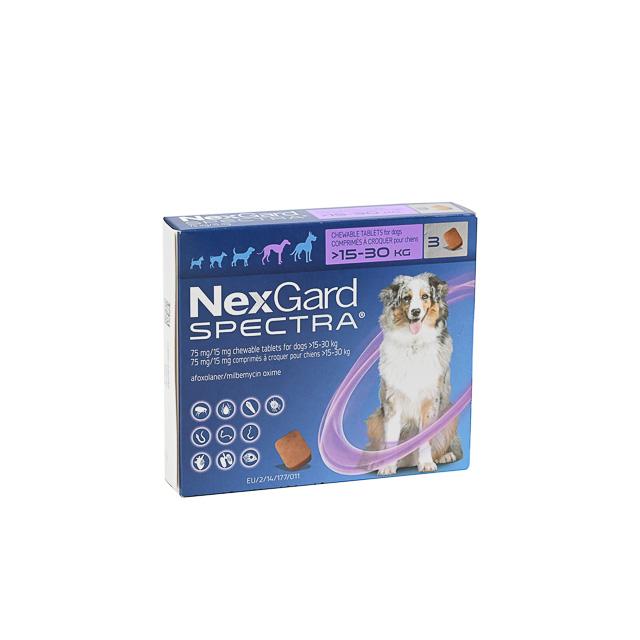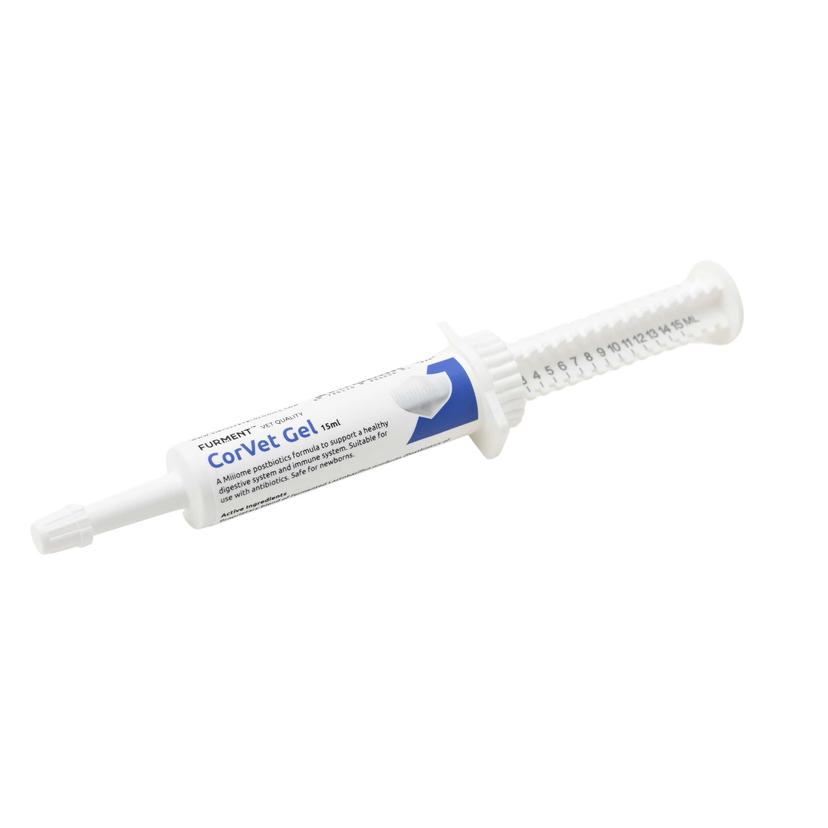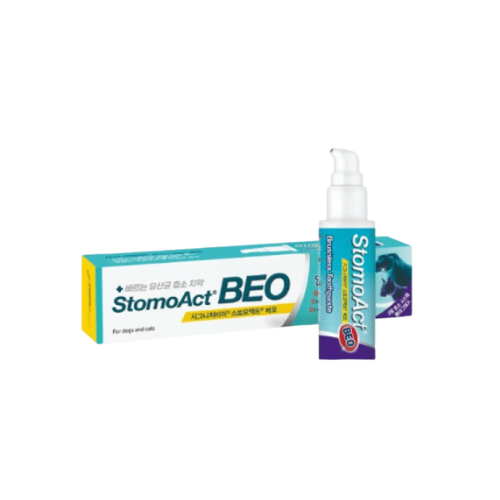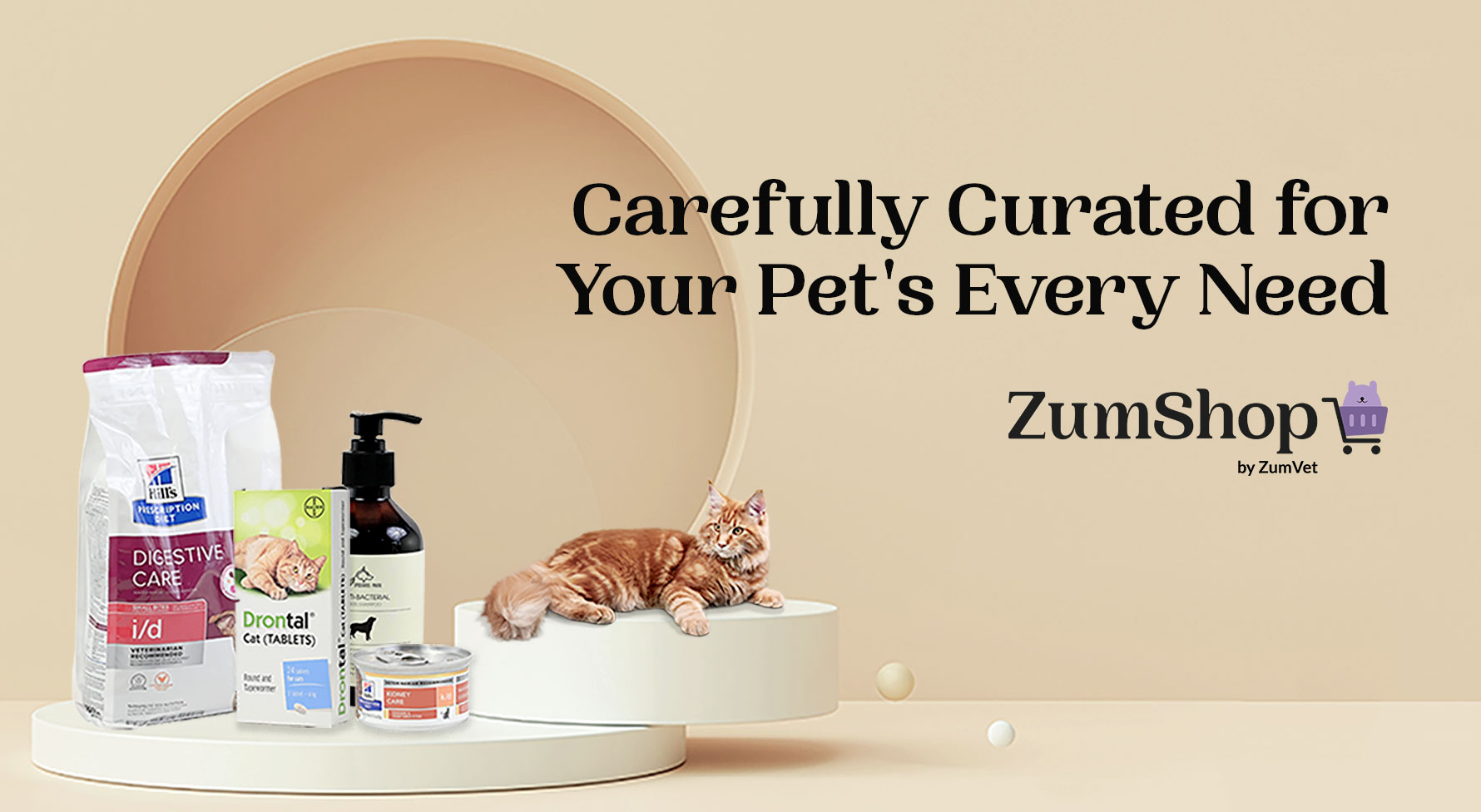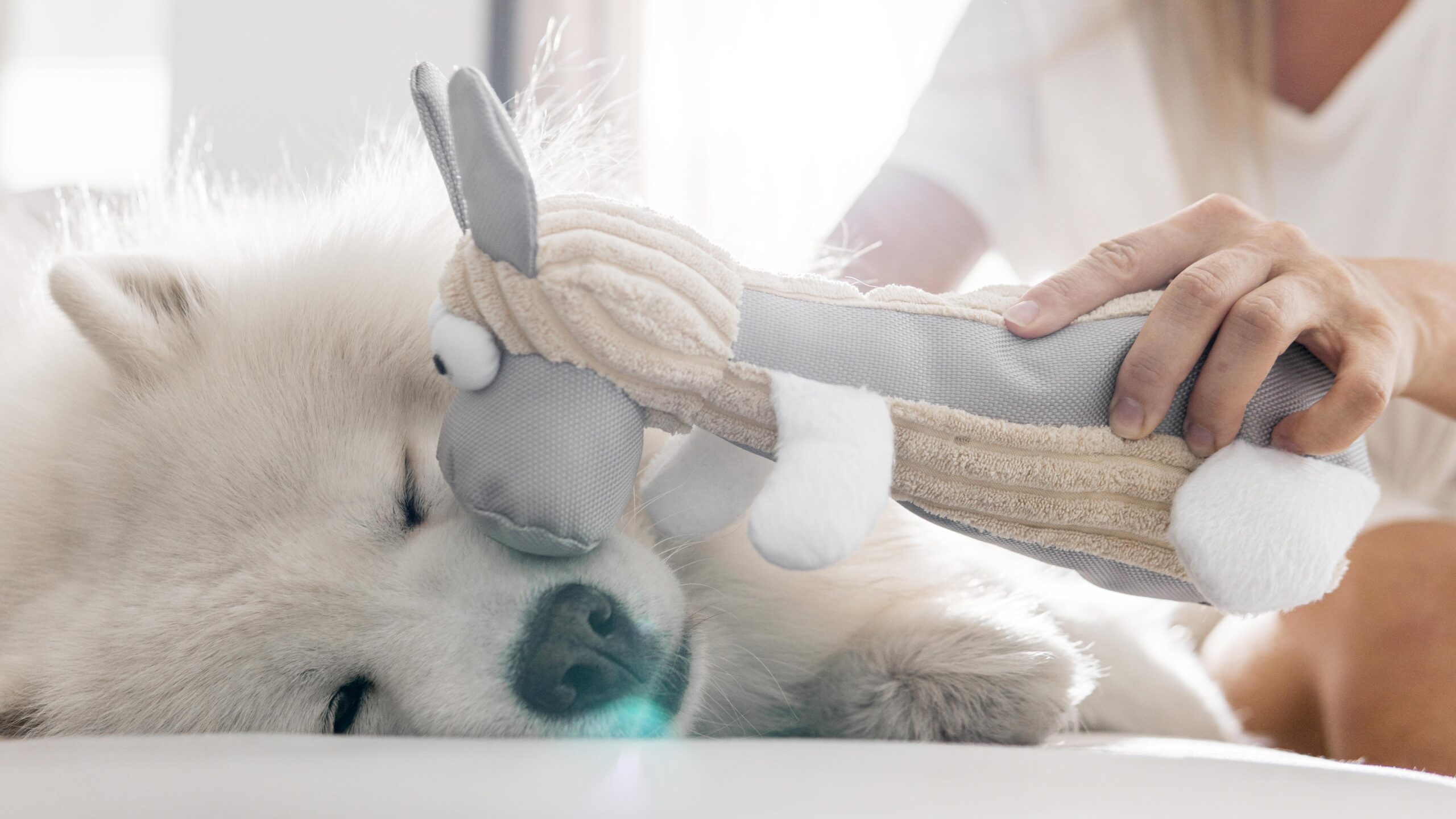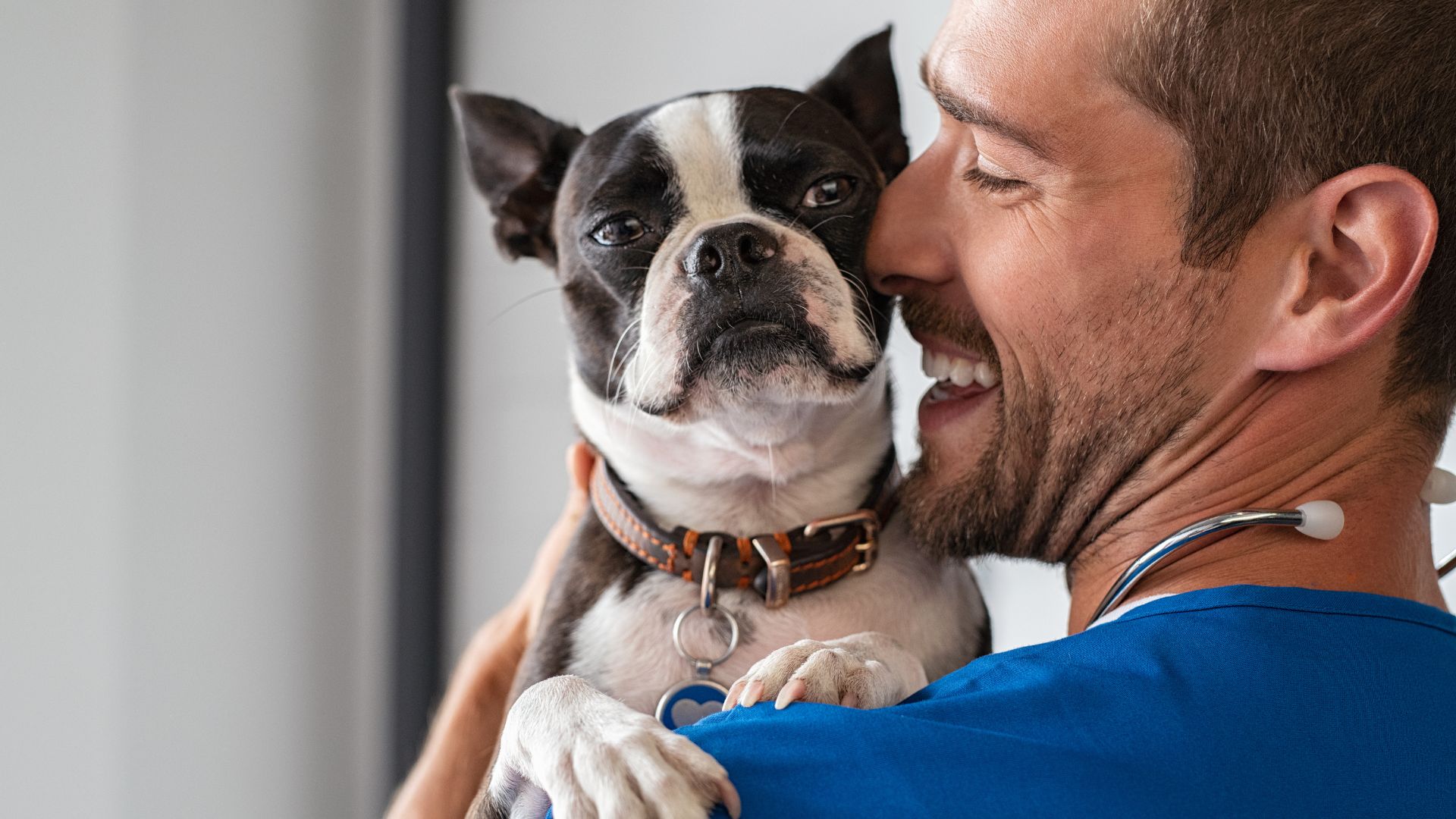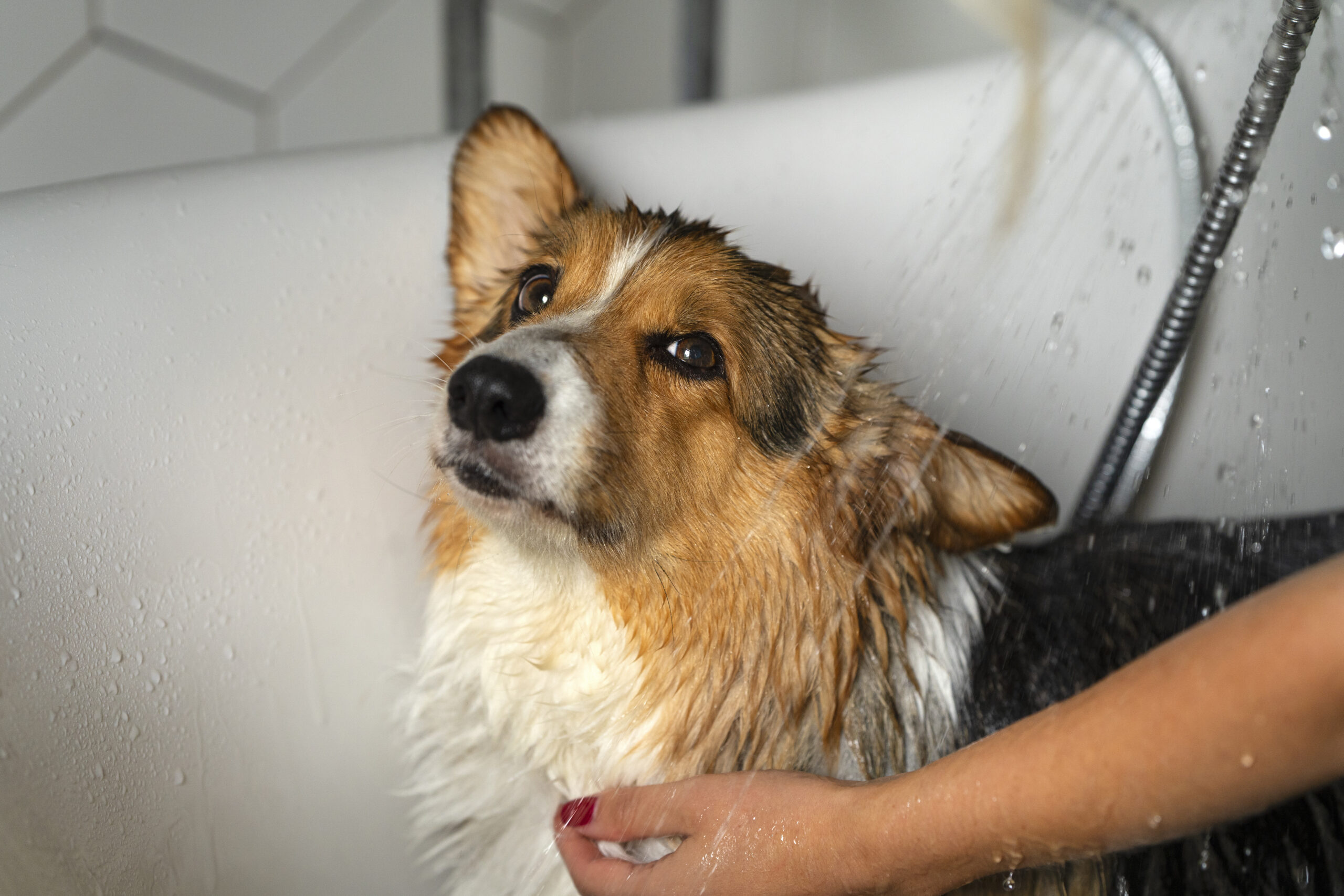Finding the right dog bed can feel overwhelming with so many options available.
But, just like you need a comfortable place to rest, so does your dog. Choosing the perfect bed is crucial for your dog’s health and happiness.
But selecting the best bed isn’t just about size or style.
It’s also about understanding your dog’s unique needs and preferences.
Read on to discover how to choose the best bed for your furry friend and ensure they get a good night’s sleep.
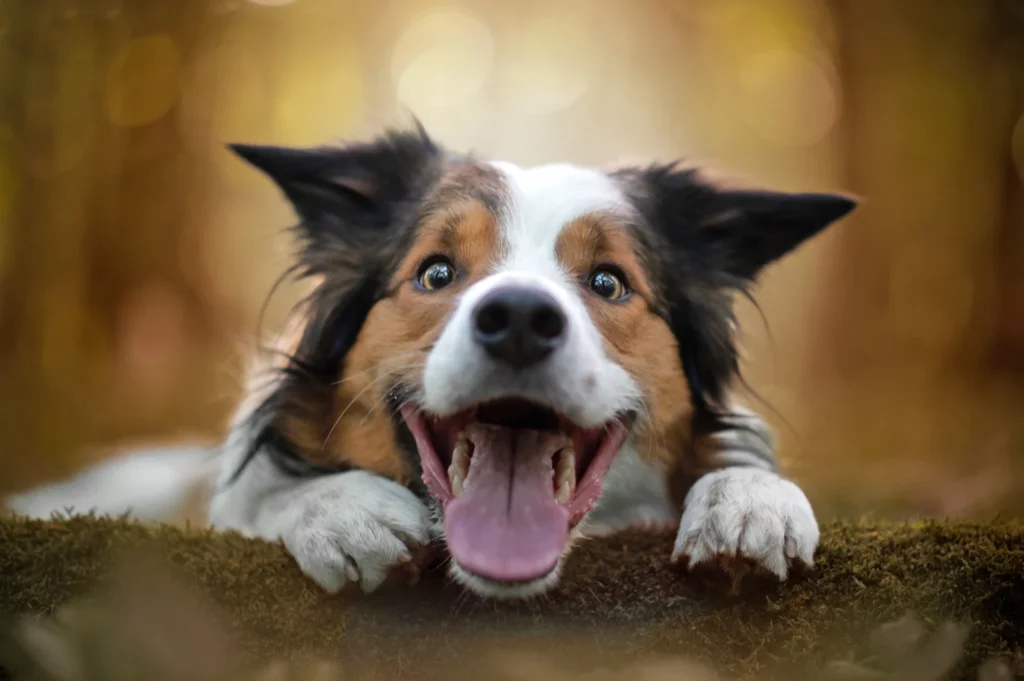
What Size Bed Does Your Dog Need?
First and foremost, your dog’s bed needs to be the right size.
Your dog should be able to stretch out fully without feeling cramped. Measure your dog from nose to tail and consider their weight.
Puppies grow quickly, so if you’re shopping for a young dog, you might want to buy a bed they can grow into.
Understanding Your Dog’s Sleeping Style
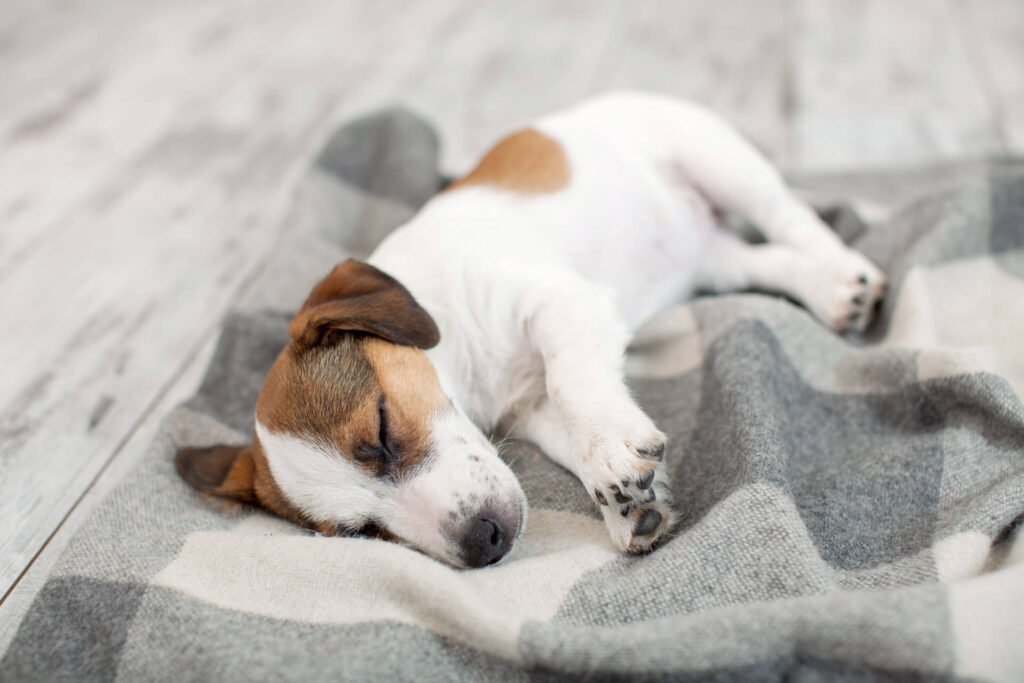
Dogs, like humans, have different sleeping styles and preferences.
Understanding your dog’s sleeping style can assist you in selecting the right bed that caters to their needs.
Here are some common sleeping styles of dogs:
1. Curlers
Many dogs love to curl up into a tight ball when they sleep.
They tuck their legs and head in close to their body, creating a cosy and secure sleeping position. This also helps to retain their body heat.
2. Stretchers
Some dogs enjoy stretching out their bodies fully when they sleep.
They lie on their side or their belly with their legs extended.
Dogs that are stretchers need a bed with enough space to accommodate their body length.
Learners and Pillowers
Some dogs like to rest their head on an elevated surface or lean against something while sleeping.
They may lean against a wall, furniture or even against their bed.
3. Burrowers
Certain breeds or individual dogs have a natural instinct to burrow and nest. They enjoy digging and snuggling into soft and cozy materials.
4. Back sleepers
Some dogs prefer lying flat on their back with their legs in the air while sleeping.
This position allows them to cool off their belly and regulate their body temperature.
5. Spooners
Some dogs enjoy sleeping curled up against their owner or another pet. They seek physical contact and comfort while sleeping.
In this case, beds that are large enough to accommodate both the dog and their cuddling partner may be preferred.
Exploring Your Dog Bed Styles
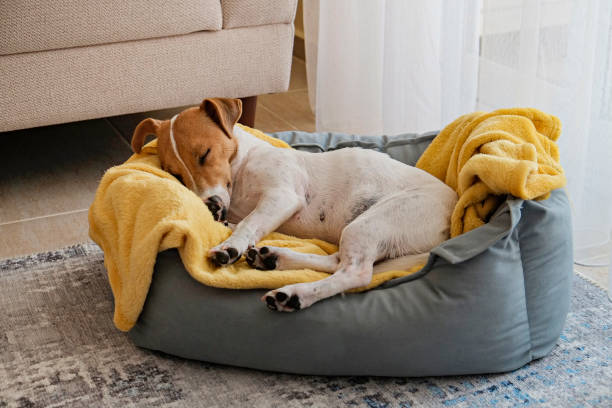
There are various styles of dog beds available in the market, each designed to cater to different preferences and needs of dogs.
Here are some common dog bed styles:
- Standard Rectangular Bed
This is the most common and traditional style of dog bed.
It typically features a rectangular shape with padded sides and a cushioned bottom.
These beds are versatile, suitable for dogs of all sizes and sleeping styles, and often come in a range of materials and designs.
- Nest-Style Bed
Nest beds have high-padded sides that surround the sleeping area, providing a cosy and secure space for dogs that like to curl up.
These beds stimulate the feeling of being in a den and are suitable for dogs that enjoy nesting, burrowing, or leaning against something while sleeping.
- Bolster Beds
Bolster beds feature raised edges or a pillow-like bolster surrounding the sleeping surface.
This style is ideal for dogs that like to rest their head on an elevated surface or lean against something while sleeping.
The bolster provides support and serves as a comfortable headrest
- Orthopedic Bed
Orthopedic dog beds are specifically designed to provide superior support and comfort, especially for dogs with joint or muscle issues.
These beds usually feature memory foam or supportive padding that conforms to the dog’s body shape, alleviating pressure on their joints and promoting better sleep.
These beds are best suited for geriatric dogs, eg. docs with arthritis or other musculoskeletal conditions.
- Pillow Beds
Pillow beds consist of a large, cushioned surface that provides ample space for dogs to stretch out and lie comfortably.
They are simple in design and often made with soft materials.
Pillow beds are suitable for dogs that enjoy stretching or lounging on a flat surface.
- Cave or Hooded Bed
They have an enclosed design that mimics a den or burrow.
These beds have a covered or hooded top and an opening for dogs to enter and nestle inside.
They provide a cozy and secluded space for dogs that enjoy burrowing, nesting, or seeking extra privacy
- Elevated Cot Bed
Elevated cot beds featured a raised platform supported by legs or a frame, with a breathable mesh or fabric surface.
These beds keep dogs off the ground, allowing for increased airflow and providing a cooler sleeping surface.
Elevated cot beds are particularly suitable for outdoor use or dogs that prefer a cooler sleeping environment.
- Travel or Portable Bed
Travel beds are designed for convenience and portability.
They are lightweight, foldable, and easy to carry, making them ideal for trips, camping, or visiting friends and family.
These beds provide a familiar and comfortable sleeping space for your dog wherever you go.
Quality Materials
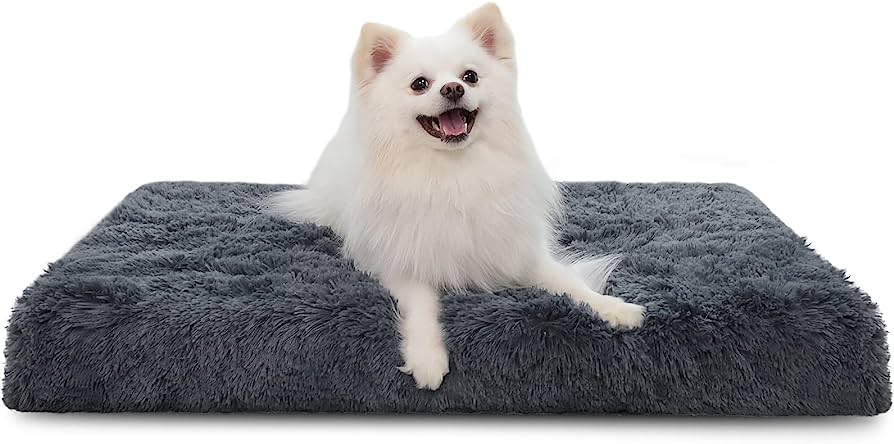
The choice of materials for your dog’s bed is vital for their comfort and durability.
Choose a dog bed made from high-quality, non-toxic materials that are soft and robust enough to withstand your dog’s activity level.
Look for removable, machine-washable covers to make cleaning easier and maintain hygiene.
Considering Your Dog’s Health

If your dog has specific health conditions, it’s essential to choose a bed that caters to their needs.
For instance, dogs prone to allergies may benefit from hypoallergenic beds made from materials resistant to allergens, dust mites, and fleas.
Beds with memory foam or orthopaedic features offer superior support and relieve pressure on achy joints, making them suitable for dogs with arthritis or joint issues.
Safety First
Apart from high-quality material, safety is paramount to ensure your dog’s well-being. Here are some important factors to consider:
- Sturdy Construction: Choose a dog bed with sturdy construction to prevent collapsing or tipping over.
- Chew-Proof Design: If your dog is prone to chewing, consider a bed with a chew-resistant or chew-proof design.
- No Loose Parts or Choking Hazards: Ensure there are no loose parts or decorative accessories that your dog can chew off and swallow.
- Easy to Clean: Regular cleaning is necessary to maintain hygiene. Choose a bed with a removable, machine-washable cover for easy cleaning.
More Tips For Your Dog
For more tips on dog and pet care, check out our other articles:
- How to Protect Your Dog’s Paws from Hot Pavement All Summer Long
- Top 7 Dog-Friendly Cafes in Singapore with Pet Menu
- Top 4 Dog-Friendly Hiking Trails in Singapore
Investing in the perfect dog bed ensures your furry friend gets the restful sleep they deserve.
By understanding your dog’s needs and prioritizing their health and safety, you can provide them with a comfortable and secure sleeping space.
For personalised advice, visit ZumVet to book an online consultation or a home visit with a certified vet.



